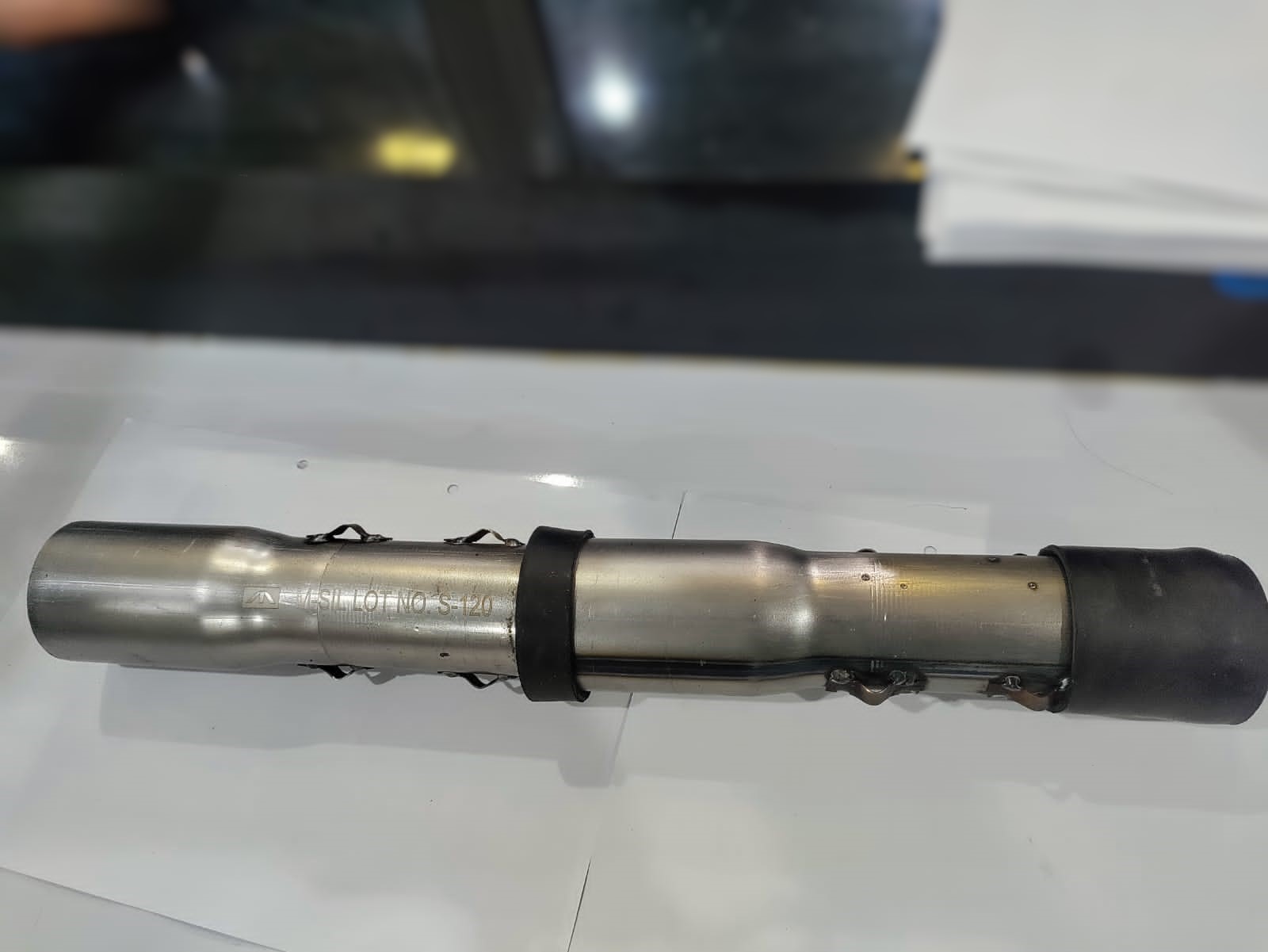
MSIL Soniq Tubes – Precision and Performance in Every Joint
MSIL Soniq Tubes by Maurer Sanfield India Limited (MSIL) are highly durable and precision-engineered tubes designed to meet the demands of various infrastructure and construction projects. These high-performance tubes provide superior strength, flexibility, and corrosion resistance, making them ideal for applications such as bridges, railways, highways, and buildings.
Key Features of MSIL Soniq Tubes:
- High Tensile Strength: Ensures the tubes can withstand heavy loads and stress without deformation.
- Corrosion Resistance: Manufactured with advanced coatings to enhance durability in extreme environments.
- Lightweight and Flexible: Allows for easy handling and installation in complex structural systems.
- Customizable Sizes: Available in various diameters to suit specific project requirements.
Applications:
MSIL Soniq Tubes are extensively used in infrastructure projects such as bridges, metro systems, and high-speed rail corridors. Their durability also makes them ideal for industrial plants, greenfield projects, and architectural structures requiring high-performance connections.
Why Choose MSIL Soniq Tubes?
With a reputation for engineering excellence, MSIL ensures that every Soniq Tube meets stringent international quality standards. Designed to enhance project longevity and reduce maintenance needs, these tubes offer a cost-effective solution for modern infrastructure challenges.
